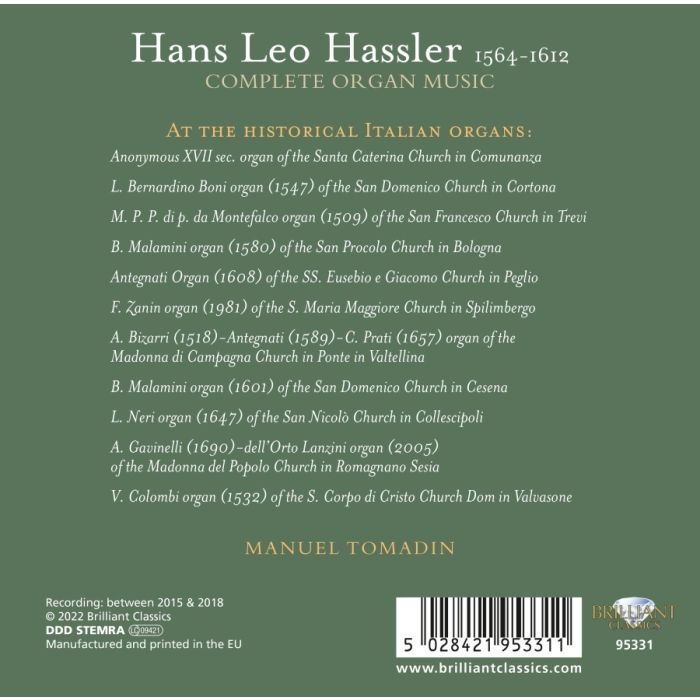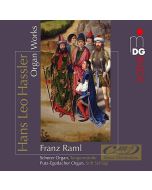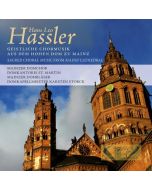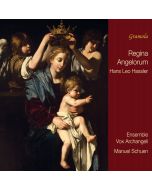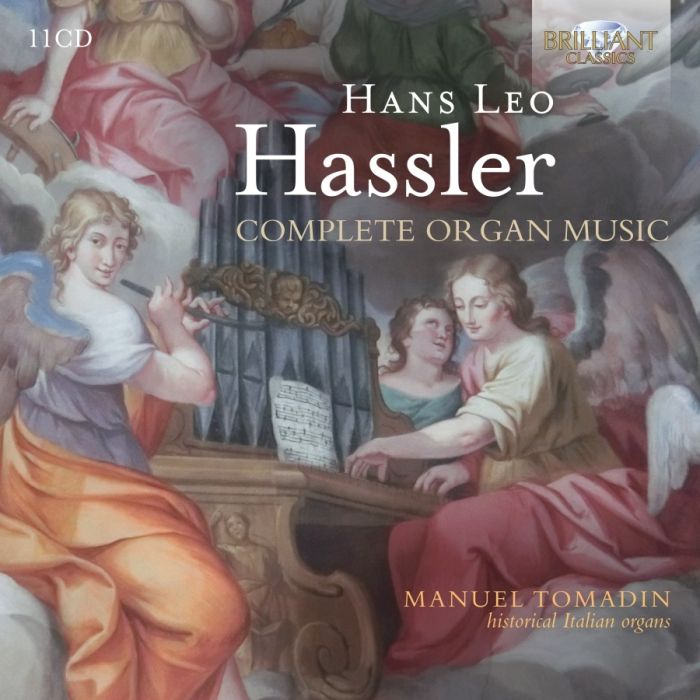
(Produkt nie został jeszcze oceniony)
kompozytor
Hassler, Hans Leo
tytuł
Hassler: Complete Organ Music
wykonawcy
Tomadin, Manuel
nr katalogowy
95331
opis
Hans Leo Hassler was born in Nuremberg where his first music teacher was his father, Isaac Hassler, who was an organist. Nuremberg had important trade and musical relations with Venice at that time and thanks to this fact, in 1584, Hassler moved to the Italian city, probably the first well known German composer to move to Italy for study purposes. At that time the Venetian school was at its climax with the magnificence of the polyphonic style, which was about to spread and to become popular throughout Europe. Hassler became friends with Giovanni Gabrieli, both studying organ and composition with Giovanni’s uncle, Andrea Gabrieli. He also got to know the organists Zarlino and Merulo. After Andrea Gabrieli’s death, Hassler left Venice and was appointed chamber organist by Ottaviano Fugger II In Augsburg starting from January 1586, where he became well known both as an organist and composer. From 1600 until 1604 he worked as organist of the Frauenkirche in Nuremberg. He spent his later years in in Ulm where he married in 1604, and from 1608 in Dresden where he became chamber organist at the court of Christian II, Elector of Saxony. Unfortunately he fell ill of tuberculosis and prematurely died in 1612.
In adopting the new Italian style of the “stile concertato", the polychoral music and the typical emotional expressivity of the Venetian school, Hassler was the first protagonist of the Baroque outside Italy.
This new recording presents the complete organ music by Hassler, a collection of toccatas, canzonas, ricercares, mass settings, Magnificat settings and variation sets, music of great originality, contrapuntal fluency and melodic inventiveness.
Played on a variety of historic Italian organs from the 16th and 17th century by Manuel Tomadin, one of the foremost Italian organists of today, a scholar and passionate musician, with an impressive discography to his name: Husumer Organ Book, Alberti Complete Keyboard Works, Van Noordt, Krebs, Lübeck and other North German organ masters.
nośnik
CD x 11
wydawca
Brilliant Classics
data wydania
1.02.2022
EAN / kod kreskowy
5028421953311
179,00 zł
Produkt na zamówienie
Wysyłka ustalana indywidualnie.
Darmowa wysyłka dla zamówień powyżej 300 zł!
Darmowy kurier dla zamówień powyżej 500 zł!
sprawdź koszty wysyłki